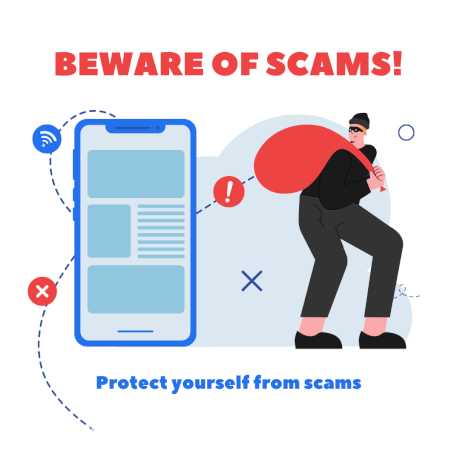How Enkonix Battles Scams: A Guide to Safeguarding Your Business Against Online Fraud
#company news

Intro
In the almost seven-year journey of Enkonix, we have faced our fair share of spam and scams. As our company has grown and faced the difficulties of a global economic recession, the challenges have only magnified. In recent times, we have noticed an increase in scam attempts that potentially impact our reputation and customer trust. This article serves to illustrate our latest encounters with these online fraud attempts, our strategy to counter them, and how you can protect your business from similar threats.

Our story
One of the recent scam attempts that we found out about came from emails and social media comments where scammers were trying to trick others by using our company's name. Here are some examples:

On identifying these scam attempts, we immediately began to gather all available evidence such as copies of suspicious emails, contacts, comments, and requests. We don't interact with scammers - that's a golden rule of cybersecurity. We were gathering all materials to create a case for the FBI's IC3 department.

Our steps and recommendations
It soon became apparent that these scammers had created a replica of our website. We initiated several steps to address and combat the fraudulent activity:
1. Send Cease and Desist Letters
Upon discovering a fake website, it is crucial to send a cease and desist letter to the site administrator or domain registrant. Domain registrant search services like ICANN can help fetch this information. The same letter should be directed to the CMS platform that hosts the fake domain. Also, the following actions can be taken:
— Report the fake website to the server host;
— Notify the domain registrar, like GoDaddy or NameCheap;
— Report to ICANN if a fake site uses your name;
— Contact the payment processing company being used by the fake website, especially if it's selling counterfeit versions of your products.
2. Report the Fake Website to Google
Google offers assistance in tackling fraudulent activities like phishing. You can report the domain to Google's safe browsing team to have it de-indexed, preventing it from appearing in search results. The process includes visiting safebrowsing.google.com, adding the fake site's URL, providing additional information, and hitting submit. This service is free of charge.

Conclusion
At Enkonix, we remain vigilant and proactive in the face of these challenges. Our experience underscores the importance of a strong and responsive approach to online scams. By sharing our story, we hope to arm other businesses with the knowledge and strategies needed to fend off similar threats. Remember, in the digital world, staying one step ahead is the best defence.
